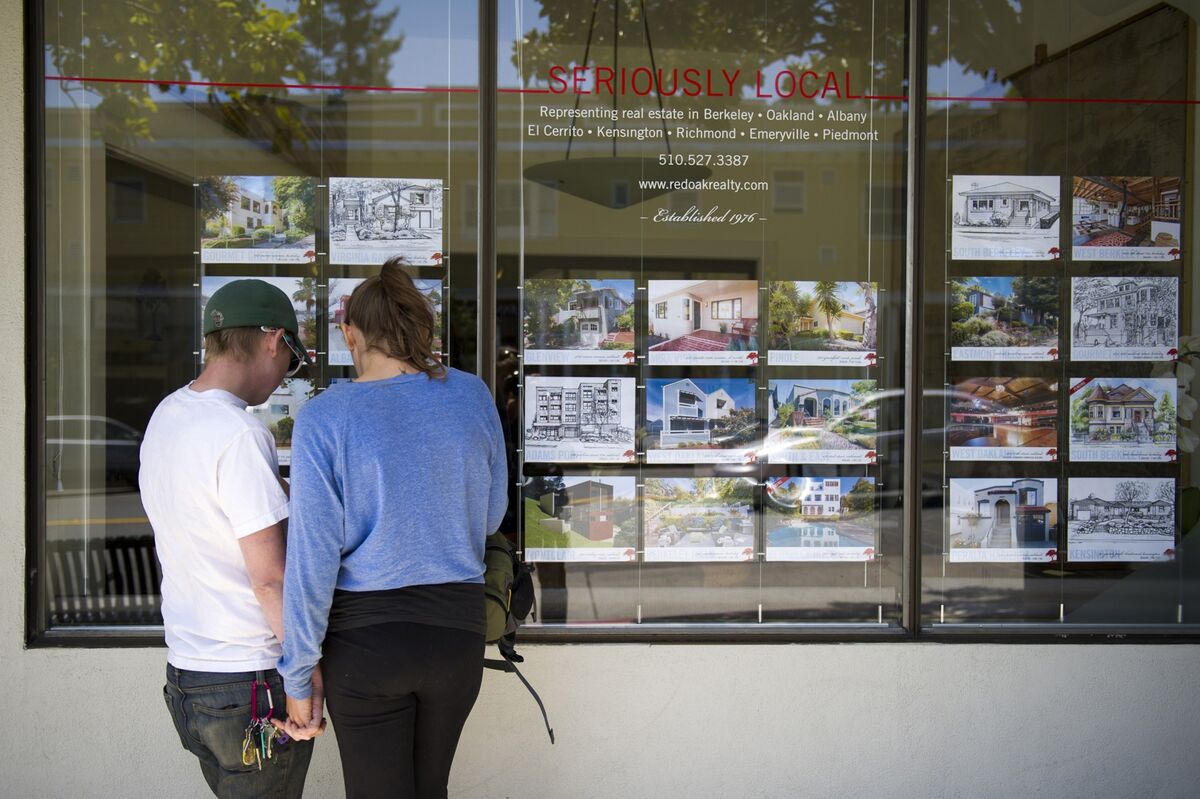
The Tightening Grip of Credit: Why Americans Are Hesitant to Borrow
The American dream, often intertwined with homeownership and entrepreneurial pursuits, is increasingly threatened by a chilling reality: accessing credit is becoming harder than ever. Recent data paints a concerning picture, revealing a significant surge in consumers who are foregoing loan applications altogether, anticipating rejection. This isn’t merely a matter of a few individuals reconsidering their financial choices; it represents a widespread shift in sentiment, reflecting a tightening credit market and a growing sense of economic insecurity.
Several factors contribute to this growing reluctance to borrow. The most prominent is the undeniable tightening of credit conditions. Lenders, facing economic uncertainty and potentially higher default rates, are implementing stricter lending criteria. This means higher credit scores, larger down payments, and more rigorous income verification processes are now the norm. For many Americans, already struggling with inflation and stagnant wages, meeting these stricter requirements is simply unattainable.
The rise in interest rates plays a crucial role as well. Higher interest rates directly translate to increased borrowing costs, making loans more expensive and less attractive. This is especially impactful on those considering larger loans, such as mortgages or business loans, where even a small percentage point increase can significantly inflate the total repayment amount, making them unaffordable for many. The increased cost of borrowing discourages potential applicants, leading them to postpone or abandon their plans entirely.
Beyond the practical barriers, a psychological factor is also at play. The persistent news cycle, filled with stories of economic downturn and recessionary fears, fosters a climate of uncertainty. This pervasive anxiety translates into a more cautious approach towards borrowing. Consumers, already feeling financially stretched, are less likely to take on additional debt, even if a loan could potentially benefit them in the long run. Fear of further financial hardship acts as a powerful deterrent.
This trend has significant implications across the economy. Reduced borrowing directly impacts consumer spending, a key driver of economic growth. If fewer Americans are taking out loans for purchases like cars or home improvements, this translates to lower demand and potentially slower economic growth. Furthermore, the difficulty in accessing credit disproportionately affects small businesses, which rely heavily on loans for expansion and operational needs. A credit crunch for these businesses could stifle innovation and job creation, further hindering economic recovery.
This situation calls for a multifaceted approach. Policymakers need to carefully consider the impact of monetary policy on credit availability and affordability. Finding a balance between controlling inflation and ensuring accessible credit is crucial for maintaining economic stability. Financial literacy initiatives can also play a vital role in empowering consumers to make informed decisions regarding debt and credit management. Ultimately, navigating this challenging credit environment requires a collaborative effort, involving government, lenders, and consumers, to create a more sustainable and equitable system. Ignoring the growing reluctance to borrow is not an option; it’s a signal that requires immediate attention and comprehensive solutions.



Leave a Reply